2017
MATERIALS: 16x copper loop antennas, electronic circuits, subwoofers, stands, wire
MEASUREMENTS: 60 x 5 x 4,5 m / 20 x 20 x 4,5 m / 40 x 10 x 4,5 m / dimensions variable
EXHIBITION HISTORY: Ars Electronica Festival 2017. Linz, Austria ; Mois Multi 2018 - Festival international d’arts multidisciplinaires et électroniques. Quebec, Canada ; Noite Branca 2018, Salão Medieval, Largo do Paço, Archiepiscopal Palace, Braga, Portugal.
ÆTER can be seen as a study of electromagnetism, translating the phenomena into an immersive sonic environment.
Consisting of copper antennas and analogue electronic circuitry, the autonomous systems directly capture and transform the ever-present electromagnetic waves in the air around us into low frequency audio material. ÆTER thus “listens” to it’s surroundings - the nature, technology and the visitor - as well as itself. The piece is therefore constantly changing and invites to expand not only our perception of the world and its dimensions, but also our own perception apparatus. The intention is not to create a performative instrument enabling visitors to play, but rather to create a complex interconnected network.
ÆTER takes it’s inspiration from the Russian scientist and musician Léon Theremin’s (1896-1993) most iconic invention - the theremin - a musical instrument which derived from an attempt to create a surveillance device.
Realized with support from the Danish Arts Foundation, The European Network for Contemporary Audiovisual Creation (ENCAC), Avatar, and Danish Composers' Society's Production Pool and Koda's Cultural Funds.
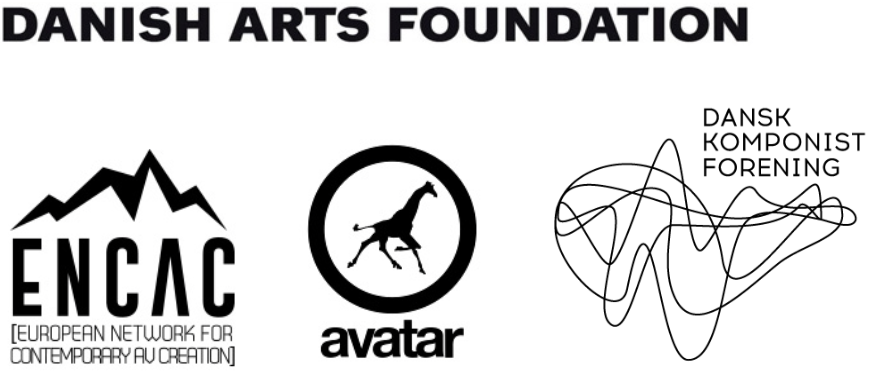
AWARDS
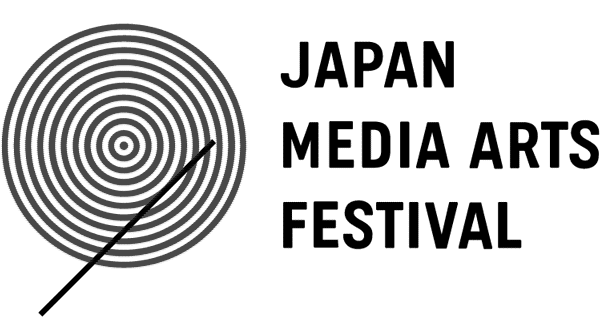
Jury Selection 2018 in the Art Division of the 21st Japan Media Arts Festival

Honorary Mention by the jury of the Digital Musics & Sound Art of Prix Ars Electronica 2019
"The jury experienced the installation at the 2017 Ars Electronica festival exhibition and was already then drawn to the huge ÆTER installation and its majestic yet subtle presence that goes into dialogue with and offers an auditive insight into the invisible electromagnetic surroundings. ÆTER “listens” to the surroundings, even the audiences themselves, and transmits these signals as a deep low frequency undertow, the auditive part and thus the artwork constantly changing. The jury found it aesthetically moving, appealing, and somehow repulsive at the same time. It doesn’t come on to you, it’s almost ignorant of the audiences except for their electromagnetic signals." - Christina Kubisch, Soichiro Mihara, François Pachet, Rikke Frisk, Shilla Strelka (jury 2019)
Visionary Korean curator Daehyung Lee has authored a text about ÆTER:
Discovering the Hidden Self through ÆTER’s Soundscape
by Daehyung Lee
“ÆTER,” a mesmerizing sound art piece by Christian Skjødt Hasselstrøm, offers a transcendental journey into the depths of our sensory perceptions and the philosophical foundations of our relationship with the world. The artist invites the spectator into an ethereal soundscape, experimenting with a fusion of the natural world and the electronic signals of our contemporary technological era.
The use of analogue electronic circuitry and copper antennas in ÆTER opens an experimental space in which expanded territories of sound art can be investigated. The analogue components imbue the soundscape with variables of unpredictability, reflecting the limitations of technology and implying the significance of preserving the natural world – a world that has become increasingly ravaged by the irresponsible use of technology. ÆTER serves as a reminder that the world is not a mere collection of fixed, isolated and quantifiable phenomena, but a complex landscape of interrelated relationships that are constantly evolving.
The copper antennas, highly responsive to their surroundings, act as both receivers and transmitters of energy, connecting the observer to the world in a dynamic and reciprocal relationship. As the spectator moves through the space, the soundscape evolves, providing each viewer and listener with a very personal experience. The boundaries between the self and the environment it inhabits become blurred, as a somewhat distant observer of an artwork becomes transformed into an active participant in the creation of the soundscape.
The soundscape of ÆTER is a delicate interweaving of organic and electronic sounds that are in a constant state of flux, reminding us of the dynamics of a natural world that constantly generates itself and the cyclical patterns of existence of living things. In this sense, it reflects the ancient yin-yang theory, where opposites are intertwined, complementing and balancing each other in a harmonious dance. One may project this binary system of interdependence on ÆTER: The copper antennas, symbolizing the yang, represent the active and electrifying aspects of the world, while the analogue circuitry, symbolizing the yin, embodies the receptive and passive aspects of the world. Together, they create a soundscape that is both strange and familiar, evoking a sense of the unknown and unseen.
ÆTER prompts us to question our perceptions of reality and broaden our understanding of the world and our place within it. The experience of ÆTER is not merely a passive one of sensory stimulation, but a philosophical resonance that shakes us to the core. It challenges us to contemplate the role of technology in our lives and reflect on our relationship with the natural world. The soundscape is a manifestation of our relationships and interdependencies that constitutes our position within the world – it fosters a reflection of our own presence. Through this immersive experience, we may be able to access previously hidden aspects of our sensorium, uncover concealed aspects of ourselves, and discover new relationships within the world we inhabit and are intimately part of.
The sound art piece is a poignant reminder of the current Anthropocene geological era, where humanity’s impact on our world has reached unprecedented levels. The soundscape of ÆTER is a reminder of the breath of “Gaia” – our planet seen as an interconnectedness of all living beings – and the waves of the universe. It is another call to action to protect and preserve the natural world, to honor and respect its delicate balance, and to cultivate a deeper sense of connection with the world around us.
ÆTER is a transformative and transcendental work of art that leaves a profound impact on an active spectator. Its effects linger long after leaving the space, stirring our senses to travel into the depths of philosophical and existential contemplation. The piece is a meditation on the interconnectedness of the world and our own interdependences. As such, ÆTER is not just a technological and aesthetic challenge, but a philosophical tour de force that touches the soul and leaves a profound impact. It invites us to delve into the mysteries of the unknown, revealing hidden aspects of ourselves in the process."
>
![]()
Mois Multi 2018. Quebac, Canada. Photo: Marion Gotti

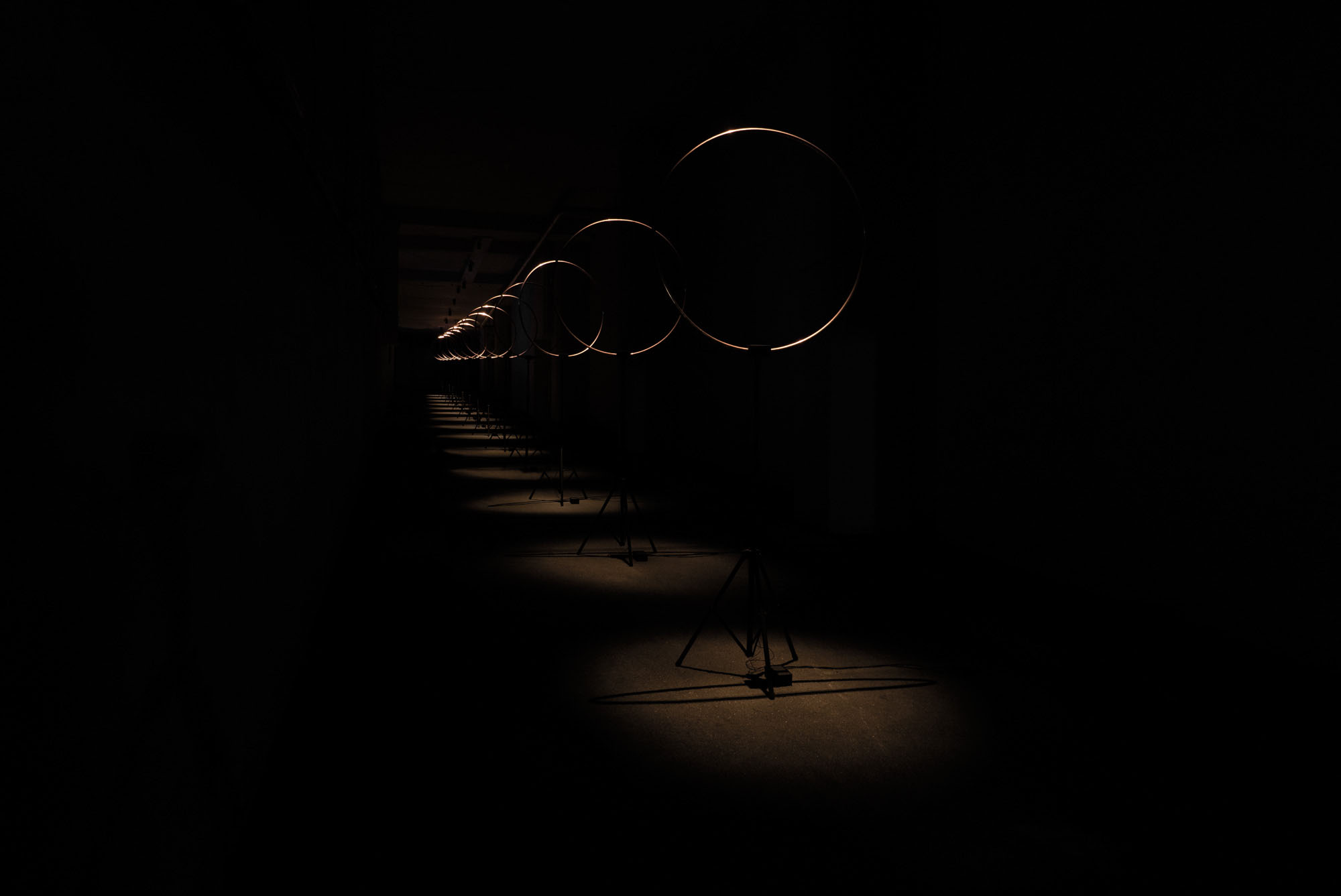
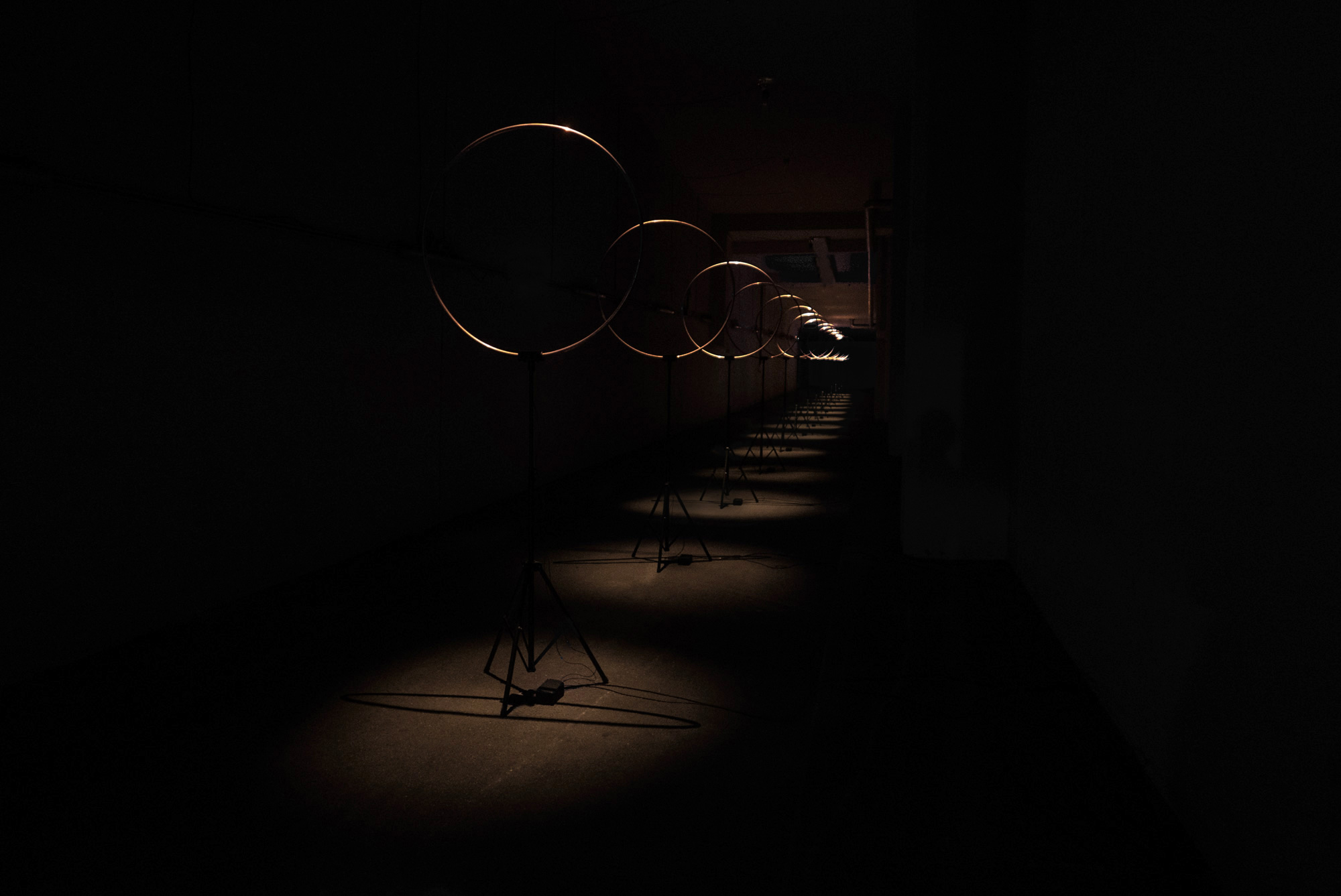
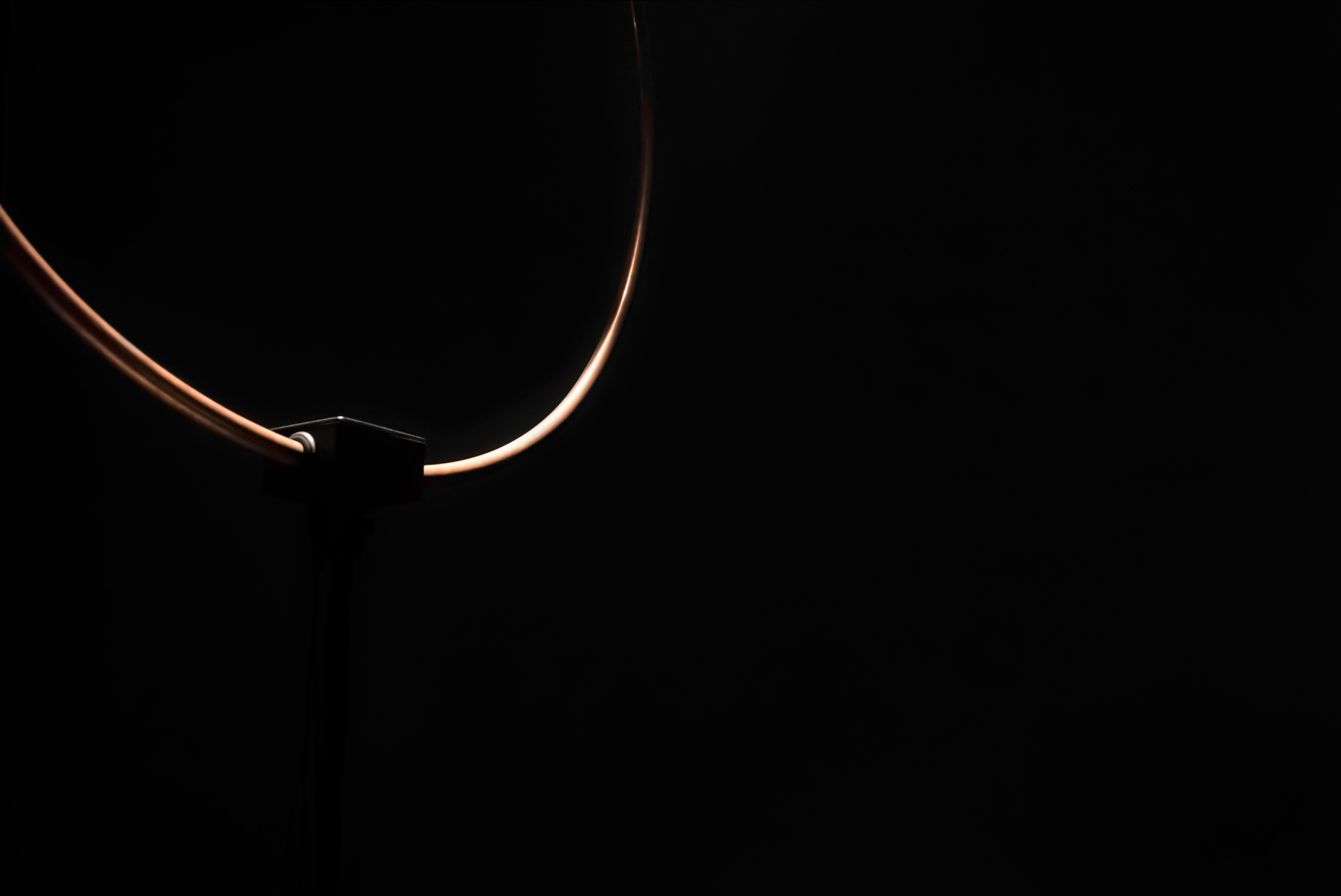
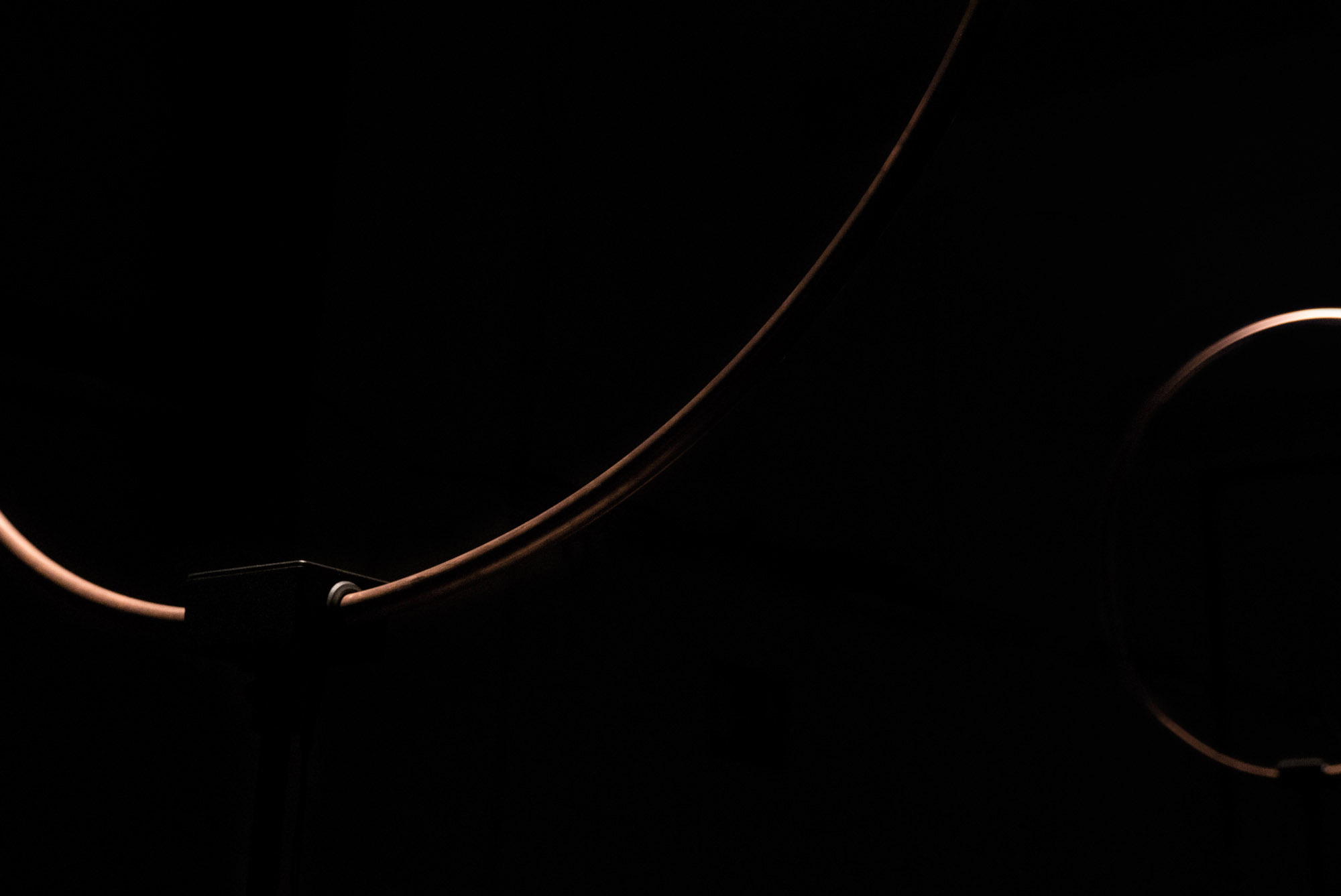
Ars Electronica Festival 2017. Postcity. Linz, Austria. Photo: Studio Skjødt Hasselstrøm
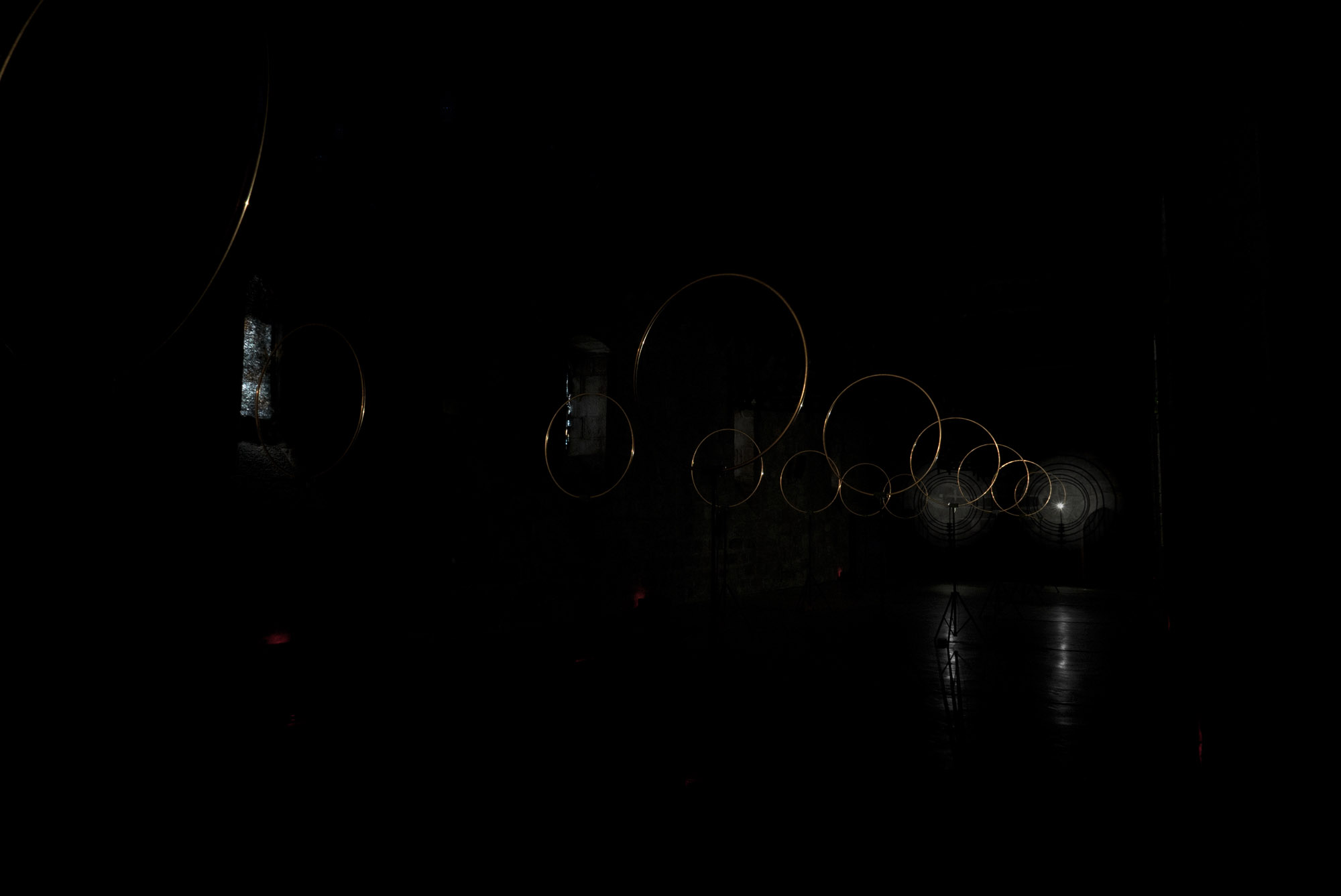
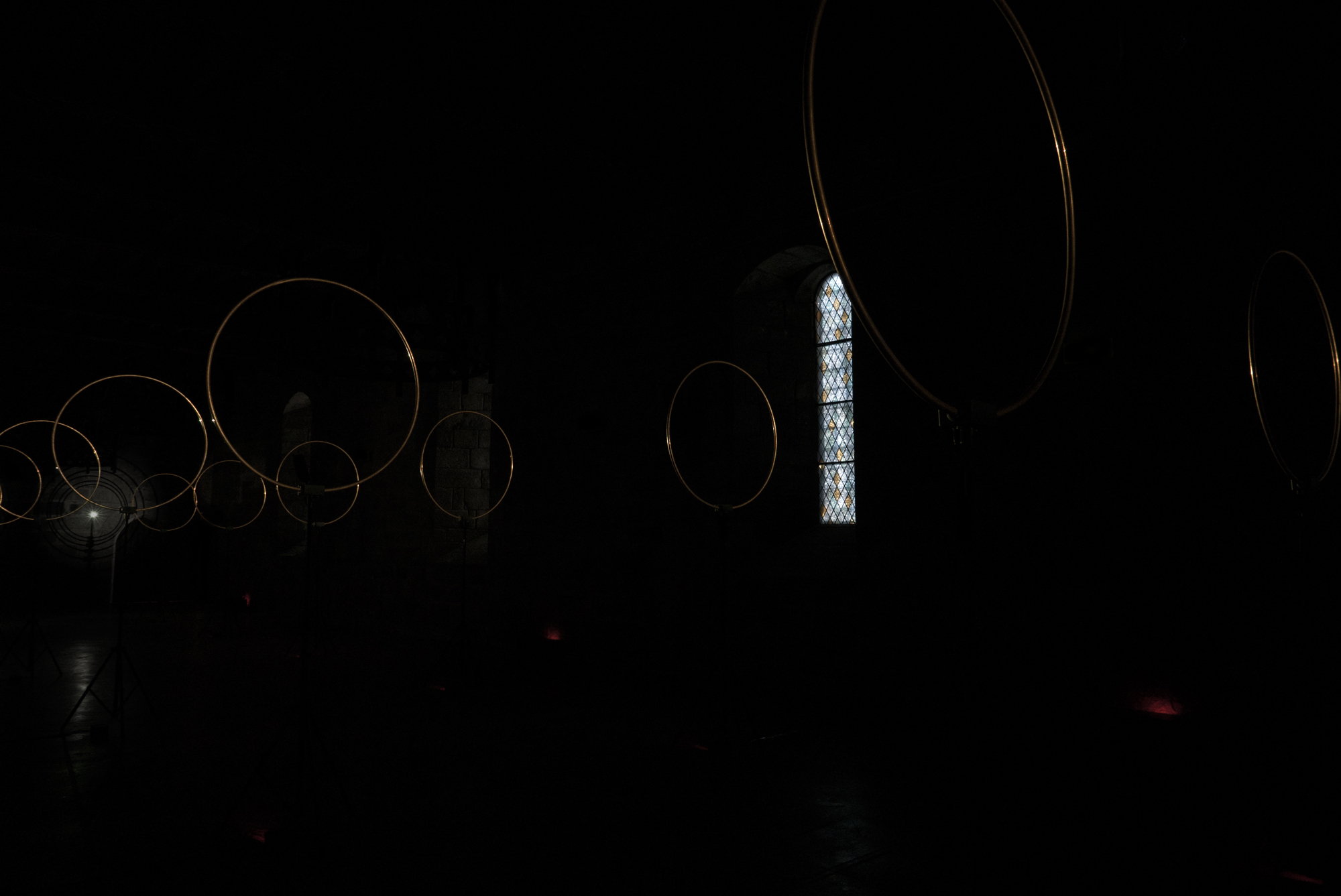
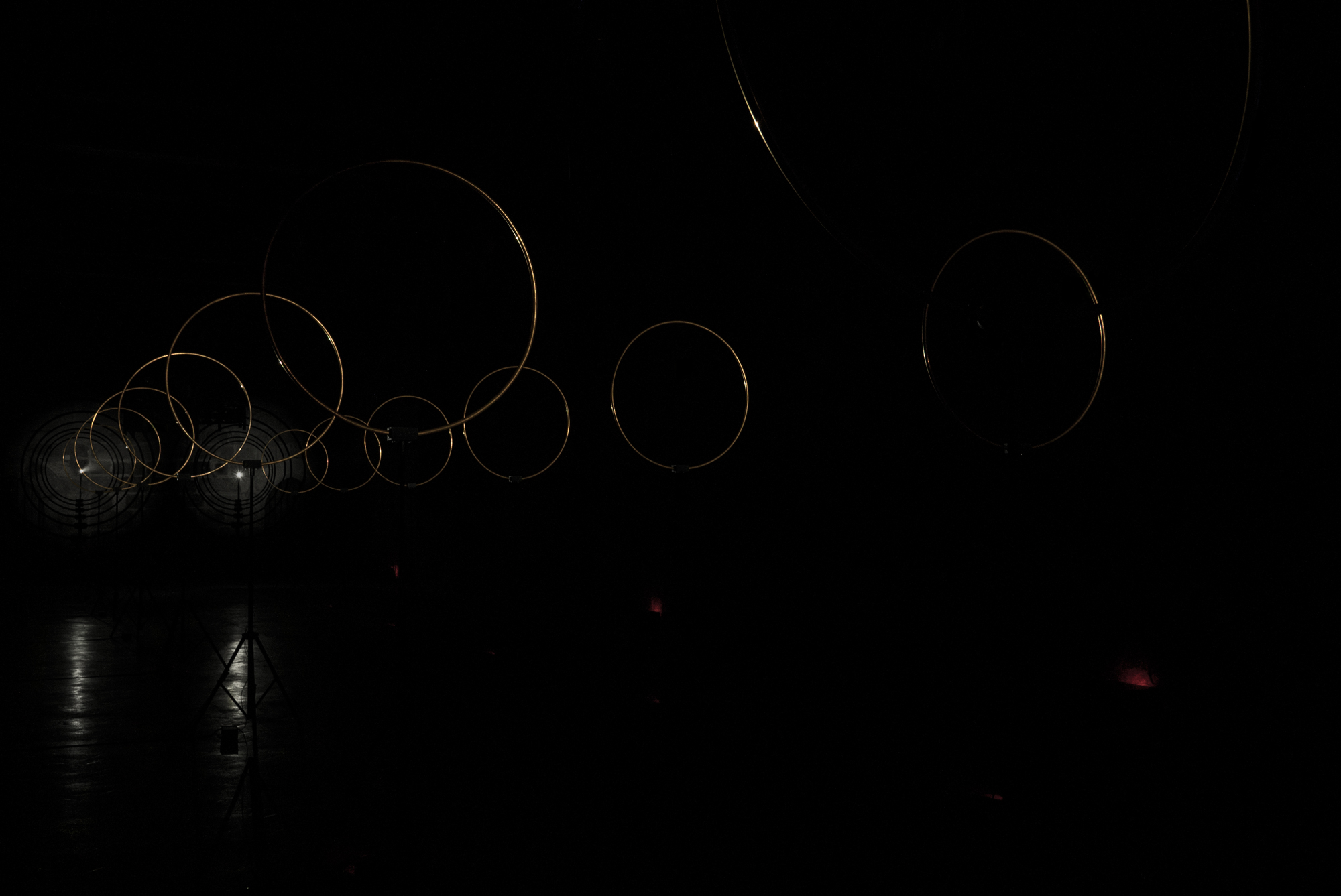
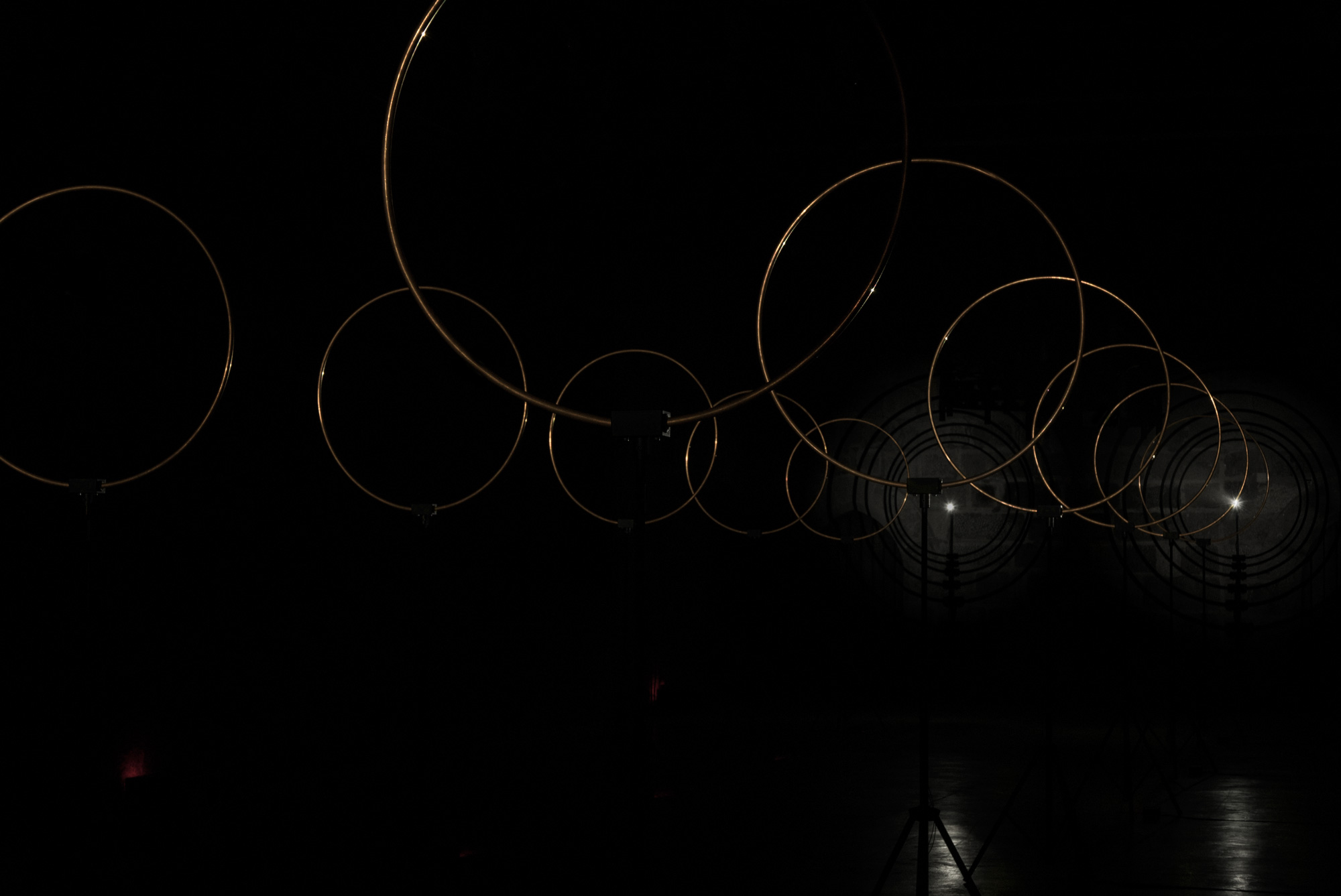
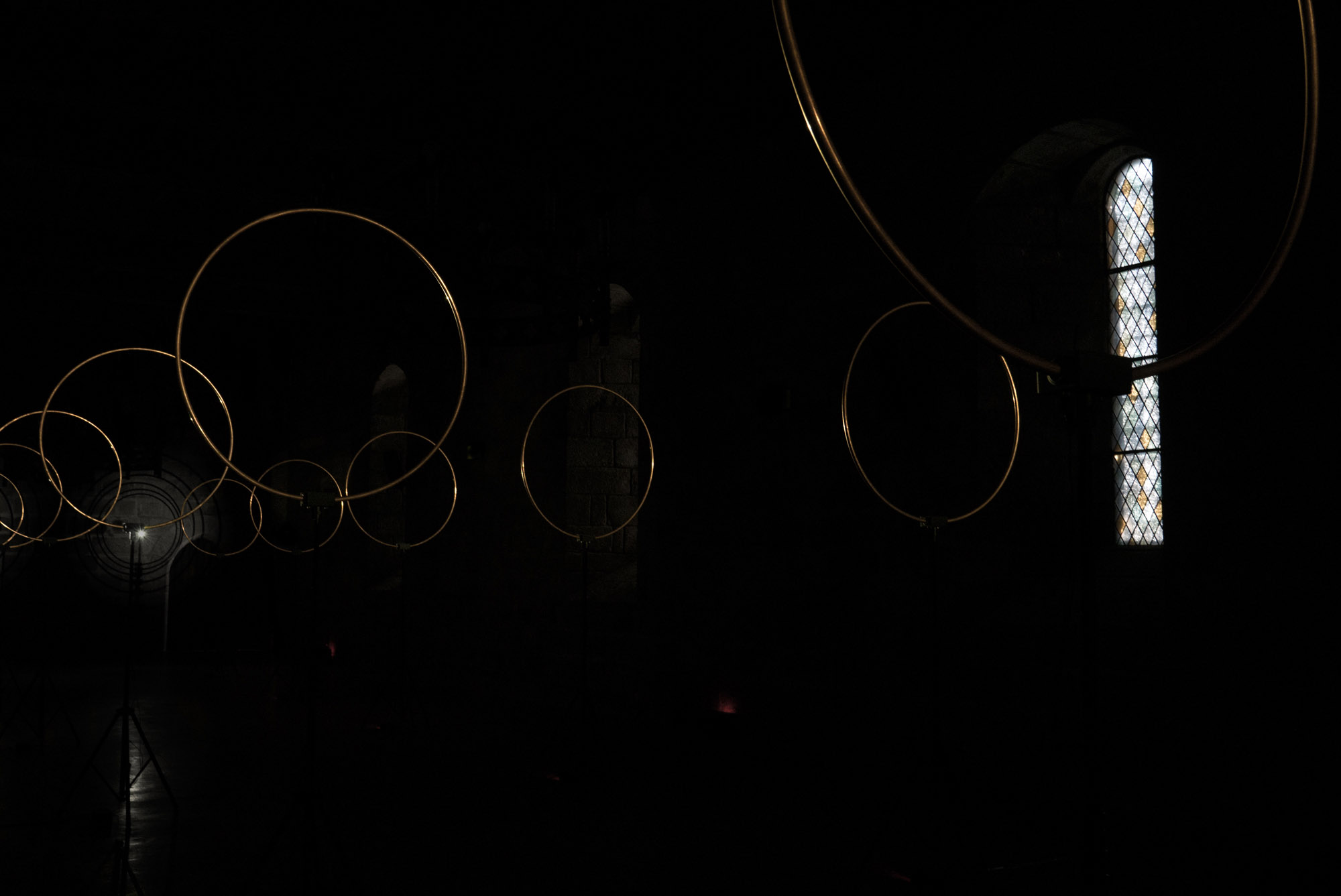
Salão Medieval, Largo do Paço, Archiepiscopal Palace. Braga, Portugal. Photo: Studio Skjødt Hasselstrøm